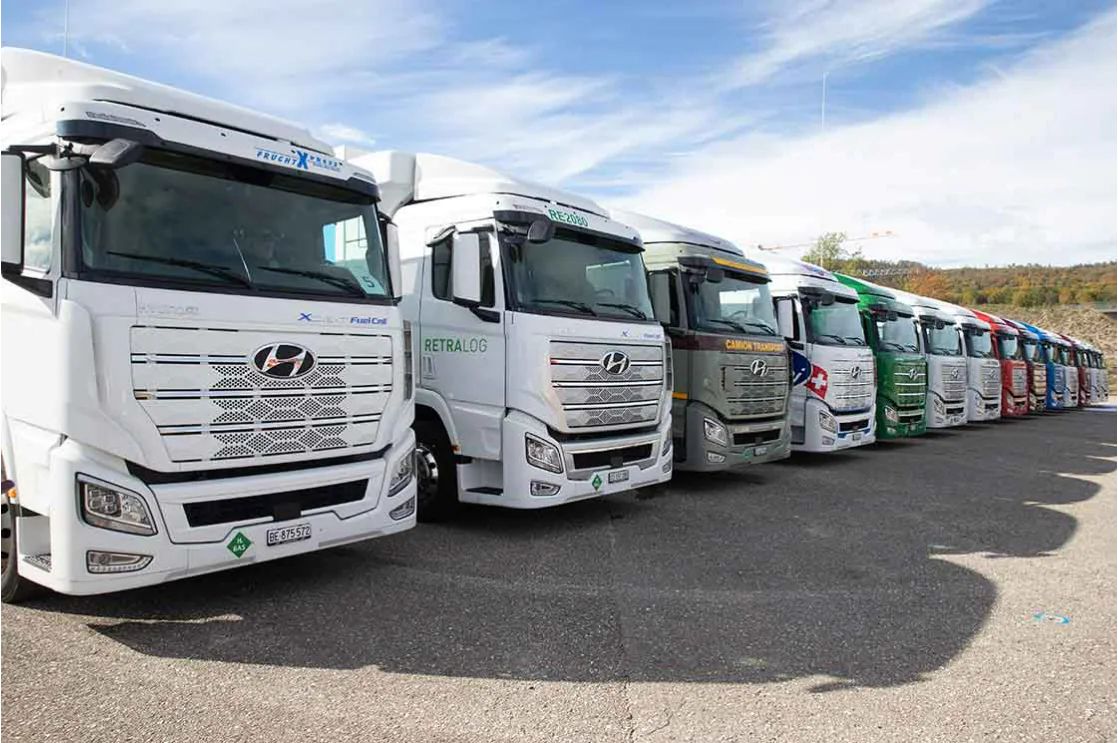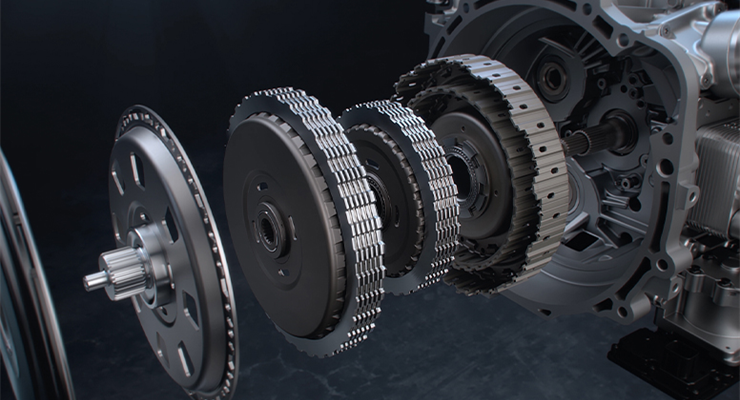At the IAA Mobility conference in 2021, we announced our aim to achieve net-zero carbon emissions throughout our entire value chain by 2045.
Right now, we’re in the middle of what many are calling the Great Shift. We’re at the end of the industrial age and we’re shifting toward the ecological phase of human revolution.
As we enter this new phase, we’re focusing on positive energy. Unlike other automotive companies which are focusing solely on electrification and switching to sustainable energy, we’re focusing our efforts on pioneering hydrogen energy. We will use this hydrogen fuel cell technology in everything from consumer vehicles to trucks and busses. This combined with our new mobility platforms, including robotaxis and urban air mobility, will bring the mankind one step closer to the carbon neutral future.
On the road to electrification
One of the things that people are always curious about is whether Hyundai will lead the move to electric. To this, we say - we made the move a long time ago.
We started back in 1991, with our SONATA electric - the first dedicated EV range. In 2016, we developed our IONIQ with a Mild Hybrid, a PHEV, and a full BEV. And, in 2019, the KONA became fully electric.
With the launch of the IONIQ 5 this year, we’re opening a whole new chapter in electric vehicles. The new IONIQ 5 will be built on the new Hyundai Electric Global Modular Platform and will boast 400/800V high voltage technology that will ensure longer range, faster charging, spacious in-vehicle space, and much more.
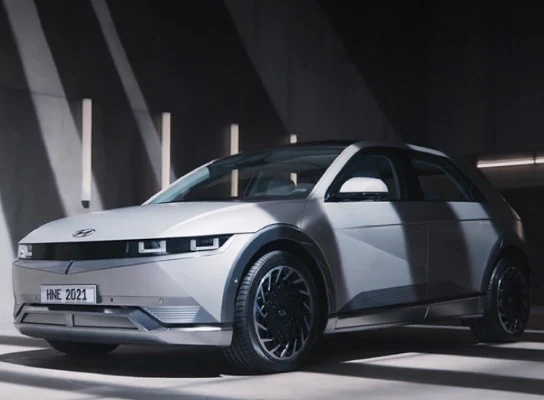
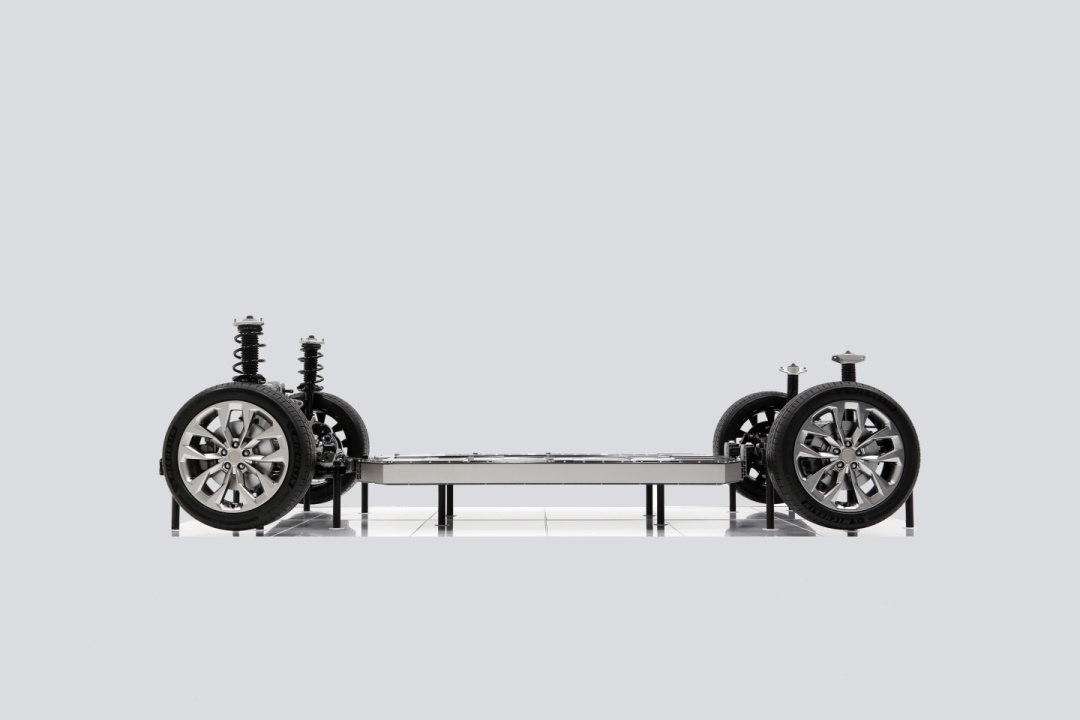
The trend is clear - electricity is our new fuel and we’re fully onboard. We’re driven by positive energy and we’re not only transforming our vehicles but also the entire ecosystem they move in. With our innovative vehicle-to-grid (V2G) technology, Hyundai customers can charge their car batteries at cheaper, off-peak rates and then they can push power from their car batteries back into the grid at a profit during expensive peak periods. This will contribute to a more stable power grid and ultimately reduce our dependency on fossil fuels.

The power of FCEVs
How quickly we achieve electrification depends on how quickly we can extend the life of batteries and improve energy efficiency. There’s more than one road to electrification, we can use batteries and we can use hydrogen fuel cells, which both reduce CO2 emissions. Hyundai is committed to developing both FCEVs and BEVs. Both deliver high performance and produce zero local emissions of CO2 and other greenhouse gases to accelerate the decarbonization of the transportation sector.
In fact, the two systems may complement each other. One of the great things about FCEVs is that they don’t need loads of batteries. As they generate electricity on board with hydrogen, FCEVs are proving to be a game changer for commercial vehicles, especially for trucks. Hyundai FCEV heavy duty trucks are already proving their value in the Swiss Alps. They’re part of the country’s hydrogen ecosystem. For 11 months, 46 trucks traveled more than 1 million kilometers. And during this time, the fleet has contributed to CO2 emission reduction by over 630 tons compared to diesel-powered vehicles. Moving beyond Switzerland, as many as 1,600 Hyundai FCEV trucks will be on the roads in Europe by 2025 making shipping more climate-friendly and free from carbon emissions.
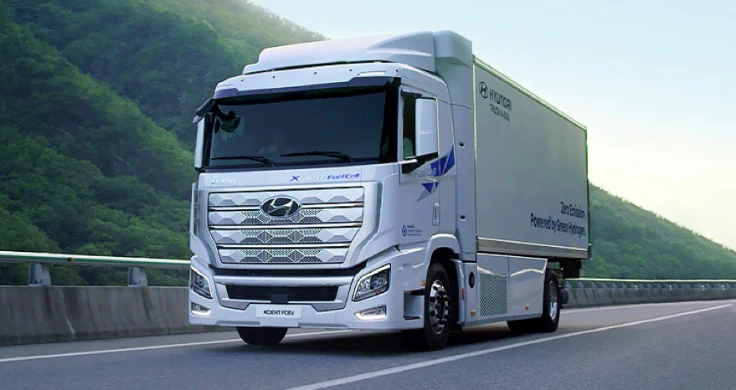
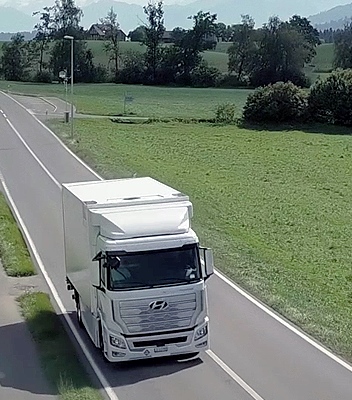
In late 2023, we’re planning to launch our new look NEXO and STARIA-sized FCEV model. We’re reviewing plans for launching large SUV-sized FCEV models after 2025 and four commercial vehicles later in the 2020s. We’re also providing FCEV technology for integration into fuel cell ships, trams, solid hydrogen forklifts, and even construction vehicles. More hydrogen fuel means less climate change.
Green Hydrogen & RE100
It starts with green hydrogen. Solar and wind energy are used to make renewable electricity. This clean power is then used to split water into oxygen and hydrogen - or green hydrogen.
Green hydrogen is expected to reduce 6 gigatons of CO2 by 2050 annually and create a market worth $2.5 trillion, which employs 30 million people. That’s why we’re investing 6.8 billion dollars in hydrogen-related startups to nurture hydrogen ecosystems. And why we’re planning to establish green hydrogen infrastructures in countries with strong government support and abundant renewable energy sources like Australia.
We’re building climate neutrality into everything we do, including the way we operate in our own factories. Starting with our factory in the Czech Republic, we’re aiming to run all our factories around the world on 100 percent renewable energy.

Expecting Generation One
Green hydrogen, green power grids, and green factories. They all come together in what we call the Hydrogen Society which encompasses communities, and even entire countries, that all produce low-cost, zero-emission hydrogen. To fuel mobility, and to heat and power our homes and offices.
This is part of the Hyundai hydrogen vision - to work toward creating a world that is healthier, more inclusive, and more eco-positive.
When the world wakes up on the morning of September 6, 2045, we hope that we will all be able to welcome a new generation. A generation we call Generation One. A whole generation of people who will never know anything but zero emissions, renewable energy and a 100% carbon-neutral planet.
Hyundai is proactively working to build that new world right now. A world where urban air mobility and robotaxis will revolutionize the way we design our cities. Where moving through the world becomes seamless and effortless. A world which allows us to devote more time and energy to building connections to one another. Where homes and businesses run on electricity generated by green hydrogen. Where positive energy spurs new business opportunities, infrastructures, and new jobs. Where we all measure progress by how much we benefit humanity.
This is a future worth living in. A world worth building together. For people… and for all species on the planet, our endeavors won’t stop at achieving carbon neutrality. We’ll continue our progress with positive energy until we realize a world that is truly sustainable and livable for all. But remember, to make this new vision a reality, we all need to work together.
Follow Hyundai Worldwide(@hyundai_worldwide) to discover the many ways that we’re building a sustainable future for everyone.
Find out more about Hyundai’s roadmap to carbon neutrality here.


